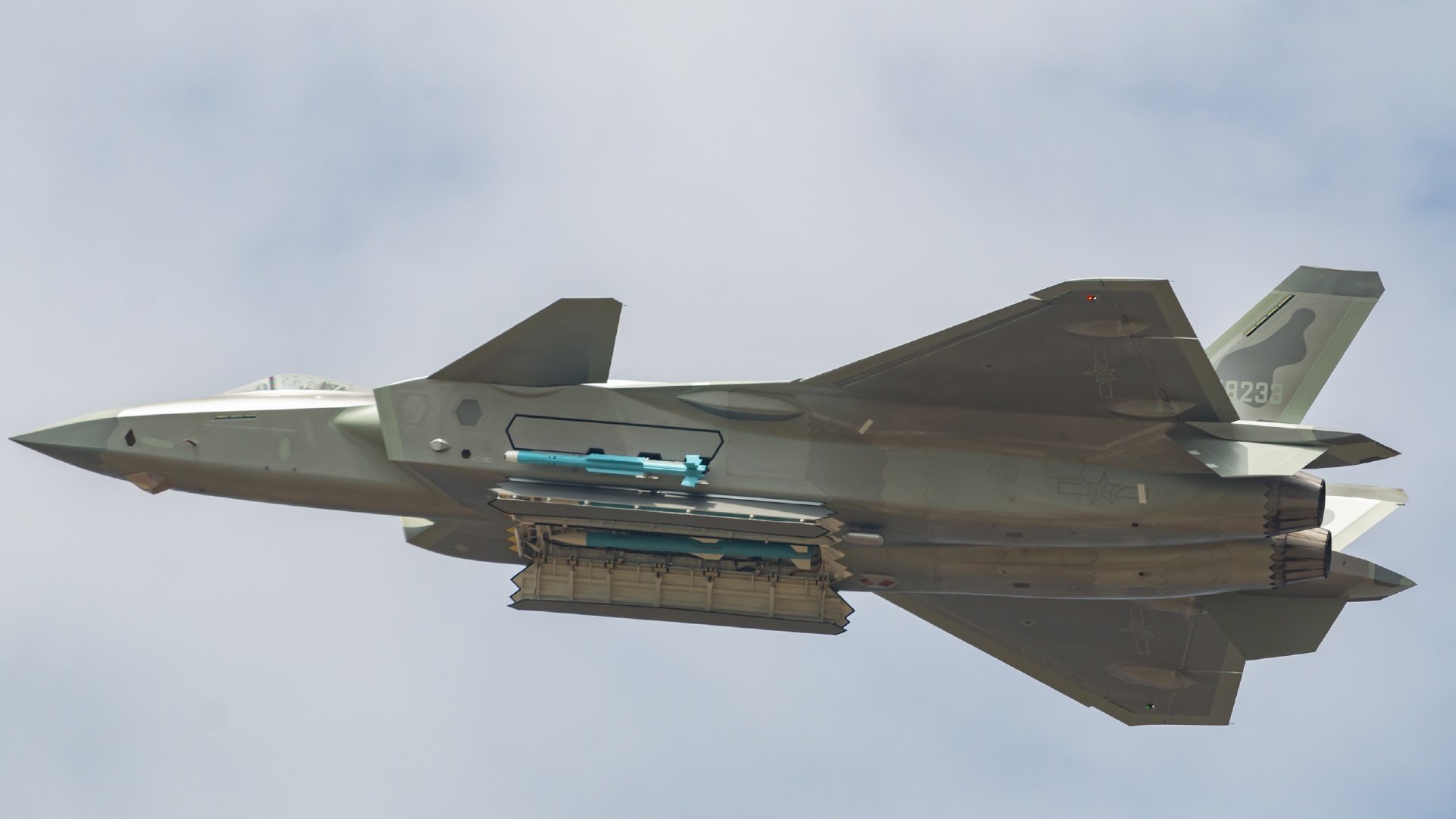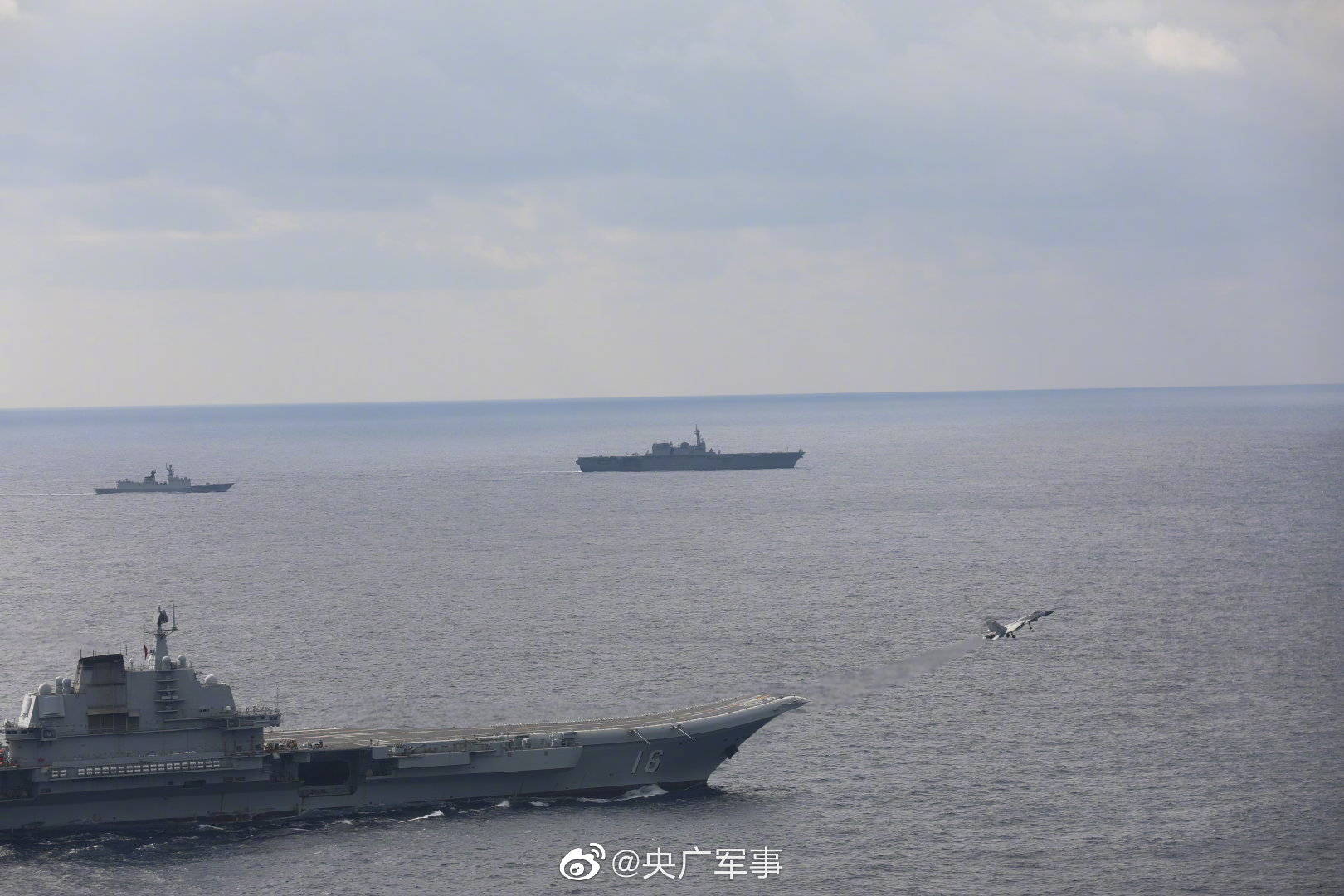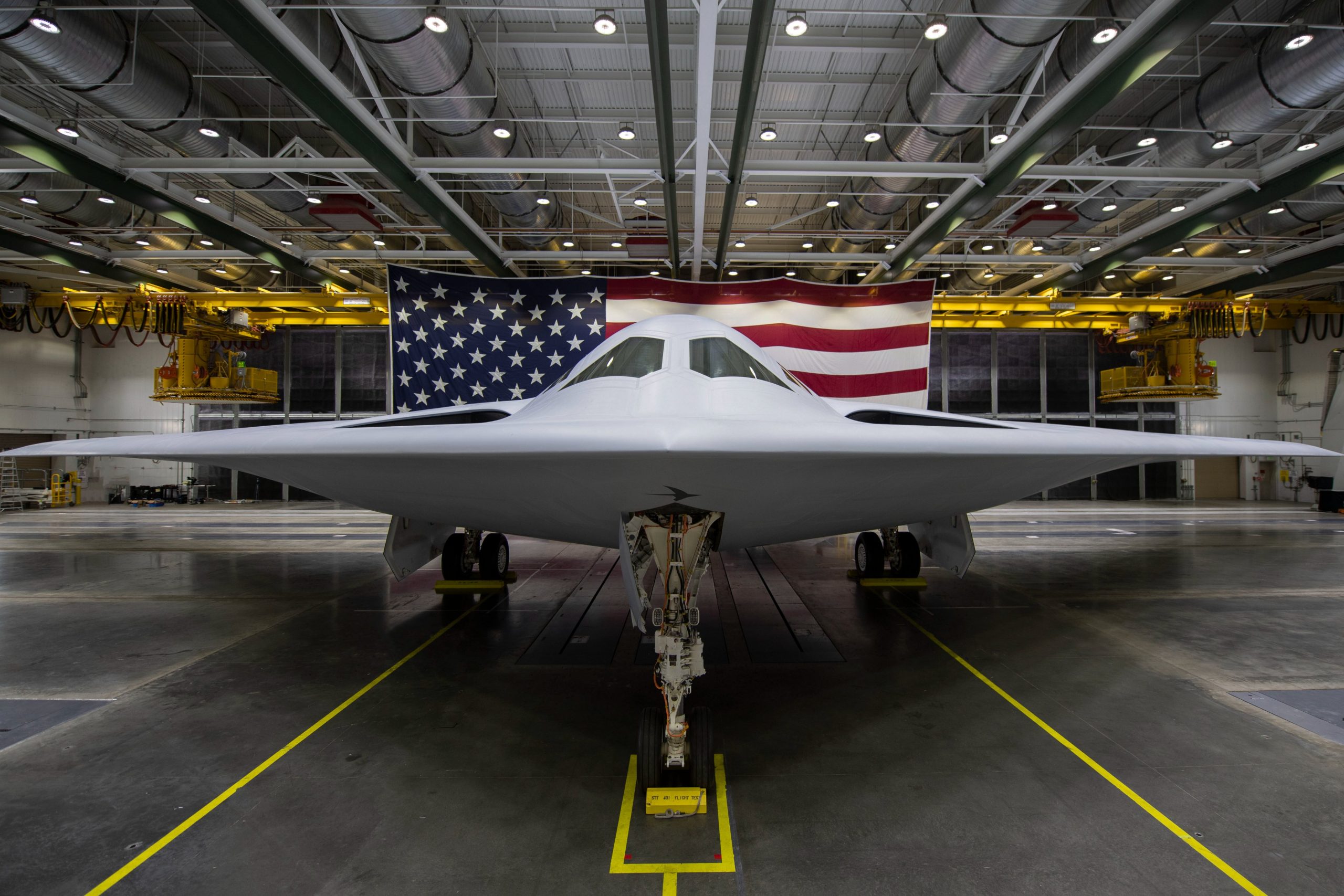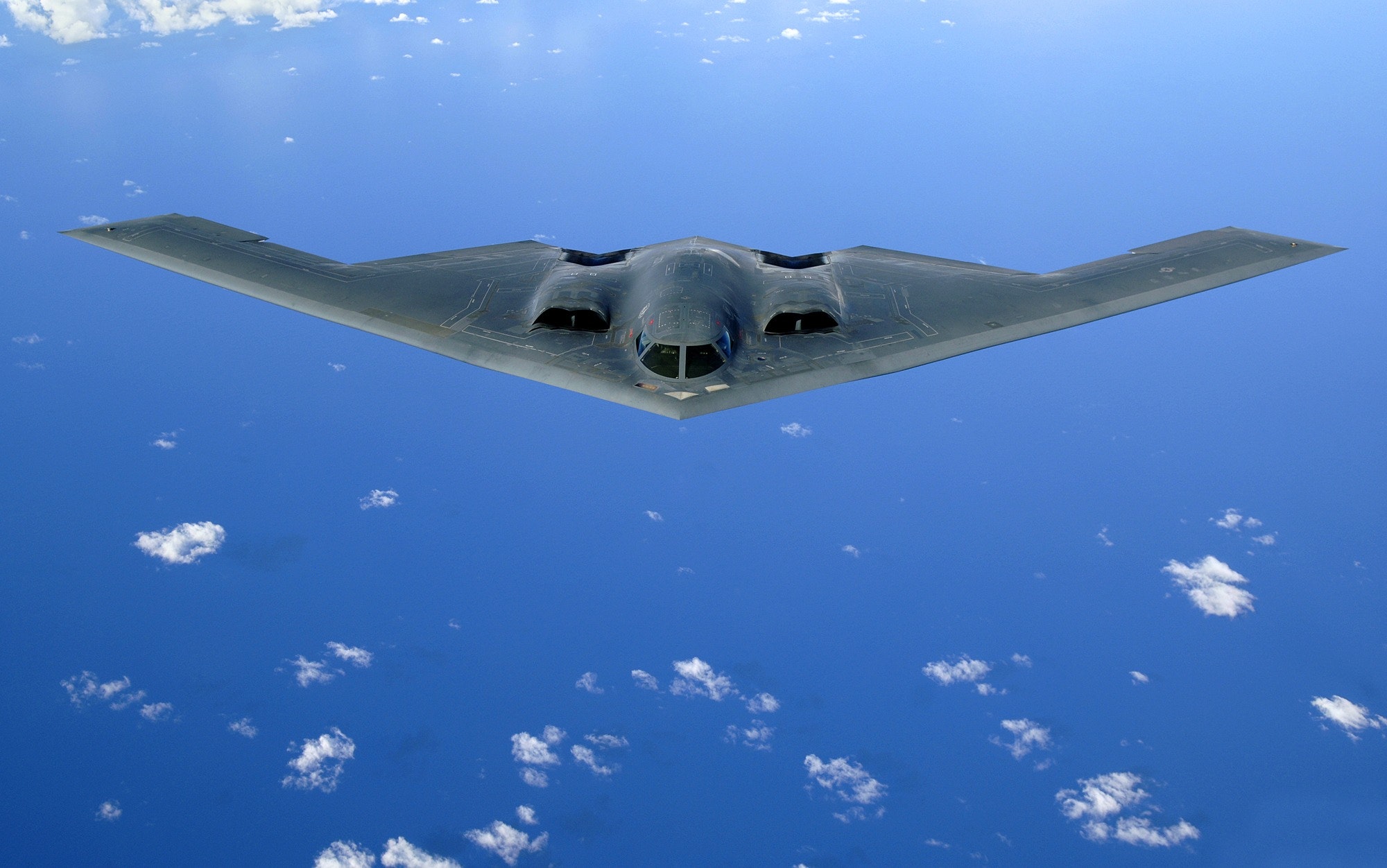A top American think tank has said that the US Air Force (USAF) must buy more than 200 B-21 stealth bombers if it intends to win a potential war against China.
The USAF would require over 300 bombers to defeat China, which includes 225 of the recently unveiled B-21, together with several dozen B-1s and B-52s, according to Mark Gunzinger, a retired USAF colonel, who leads future concepts and capability assessments at the Mitchell Institute for Aerospace Studies, part of the Air & Space Forces Association industry group.
Planned production of B-21s should be upped from eight or nine per year to around 20, Gunzinger told reporters shortly before a new Mitchell Institute report on the subject was published on March 16.
“More resources can buy back future risk, and that’s what a more aggressive acquisition rate for the B-21 can do,” Gunzinger said.
Buying sufficient B-21s “will require avoiding the same kind of budget-driven decisions that eroded nearly all the service’s advanced combat aircraft purchases since the Cold War, as in the case of the B-2, the F-22, and now the F-35A,” the report said.
The USAF had initially planned to acquire more than 100 B-2s but only bought 21 of the US$2 billion-per-aircraft stealth bombers.
In the report, Gunzinger noted that for more than 70 years, the US military enjoyed a “decisive advantage” globally by virtue of its ability to conduct long-range strikes at scale in all threat environments.
However, as of present, this advantage is severely diminished because of “successive force cuts since the Cold War, combined with the failure to acquire more than a small, ‘silver bullet’ inventory of stealthy bombers,” the report said.
According to the report, the USAF entered 2023 with a fleet of only 141 B-52Hs, B-1Bs, and B-2s, about one-third of the size of the service’s bomber force in 1989.
“A force this size cannot meet the growing demand for global precision strikes, including operations in contested and highly contested environments, which are now the norm for peer conflicts,” the report noted.

The diminishing US military’s long-range strike capabilities and capacity were exacerbated in the post-9/11 era, as the Pentagon began prioritizing the allocation of resources for low-intensity counterterrorism and counter-insurgency operations.
However, this started changing when the US defense planners acknowledged that China’s military build-up posed a growing threat to the US.
The 2018 National Defense Strategy outlined a new approach for the US military in response to the changing strategic environment facing the US, which demanded a shift from counter-insurgency and overseas contingency operations to a posture more suited for a conflict with a near-peer adversary like China and Russia.
China’s Anti-Access/Area Denial Capabilities
Over the years, China has developed offensive and defensive capabilities specifically intended to keep the US military from intervening in the event of a Chinese attack on Taiwan for forceful reunification of the island nation with mainland China.
These anti-access/area-denial (A2/AD) capabilities, including multiple variants of the low-observable combat aircraft such as the J-20 fighter jet and the PL-15 long-range air-to-air missile with an active radar seeker, which could be carried internally by stealth fighters, as well as other advanced weapons like the 400 kilometer-class air-to-air missile called the PLXX, intended to intercept the US surveillance aircraft and air-refueling tankers.

The UK-based Royal United Services Institute (RUSI) suggested that PL-15 missiles can outrange the US-made AIM-120C/D air-to-air missiles, a standard munition across the US armed services for air superiority missions.
Apart from that, China also possesses sizeable inventories of other long-range weapons, such as the DF-21D anti-ship ballistic missile (ASBM) and various other anti-ship and land-attack cruise missiles, as well as hypersonic weapons that can strike American military bases and forces well outside the first island chain in the Pacific.
Gunzinger’s report recorded some advantages that China’s People’s Liberation Army (PLA) has over the US military regarding the PLA attacking Taiwan or conducting a similar operation elsewhere in the Western Pacific.
Simply put, the PLA would be fighting pretty much on its home turf, considering the proximity of potential battlespaces in the Western Pacific to the PLA’s mainland bases, which means the PLA forces would have shorter ranges to cover for projecting its power and shorter re-supply lines for sustaining this power projection.
Also, because of the proximity to the Chinese mainland, the PLA forces would enjoy a significant protective cover from the “dense array of sensors and other A2/AD systems deployed along China’s coastline,” the report noted.

On the contrary, the US military would operate hundreds or thousands of miles from their mainland bases, creating significant logistical and warfighting challenges.
Also, several military bases spread across China’s vast interior are beyond the range of currently fielded US and allied conventional stand-off weapons, which would be the only alternative means of long-range available to American military commanders if they lack sufficient penetrating bombers.
Gunzinger’s report also pointed out that a high degree of target mobility can diminish the effectiveness of American long-range stand-off weapons.
“The time needed for guided missiles to fly—even at hypersonic speeds—hundreds of miles after they are launched by stand-off aircraft, ground batteries, or ships creates opportunities for the PLA to relocate potential targets and take other countermeasures,” the report noted.

Penetrating Bombers Critical To Defeat China!
A better alternative to conventional stand-off weaponry, according to Gunzinger’s report, is to use stealthy long-range bombers because only the penetrating bombers have “the survivability and mission persistence to locate, track, and strike large numbers of mobile/relocatable targets per sortie.”
Also, long-range weapons usually lack warheads large enough to destroy hardened or deeply buried targets, several of which could be located deep inside the Chinese mainland.
Whereas the bombers, because of their ability to penetrate highly contested areas, could use smaller, shorter-range weapons that are more effective against a wide variety of targets.
Also, fighter jets carry lesser weapons payload and have a combat mission radius of only around 1200-1300 kilometers, which means that the fighter jets operating from first island chain bases can, at best, reach parts of China’s coastline but not much beyond that.
The B-21 stealth bomber is believed capable of traveling as far as 9,600 kilometers and carrying a weapons payload of 10 tons.
Other attack platforms, such as the US Navy’s aircraft carriers, may have to remain around 1800-2700 kilometers from China’s coastline to minimize the threat of anti-ship missile attacks. Also, the carrier-borne fighters would primarily engage in the ‘outer air battle’ to protect their carriers against PLA Air Force (PLAAF) bombers carrying anti-ship cruise missiles.

The naval ships and attack submarines also have limited weapons magazines that could be spent entirely within a few days of the high-intensity conflict. The magazines of ships, in particular, consist mainly of defensive weapons to counter air and missile attacks.
So, after some time, both the warships and submarines will have to return to secure ports to replenish their magazines as it is impossible to do it at sea, and many ports in-theater will be under threat from Chinese air and missile attacks.
“This means ships and submarines will be out of the fight for weeks at a time, unlike bombers that can regenerate and fly their next sorties within hours of returning to their airbases,” Gunzinger argued in the report.
The priority targets for the US bomber force, according to Gunzinger, would include forces critical to China’s offensive operations, such as PLA Navy’s amphibious assault ships and the surface action groups (SAGs) shielding them, long-range coastal air defenses and airbases generating PLAAF bomber and fighter sorties.
This would require the USAF to have the capacity to strike around 100,000 or more targets over long distances, Gunzinger’s report notes while highlighting the importance of stealthy bombers in large numbers for sorties over regions along China’s periphery as well as its interior, which would be highly contested throughout the conflict.
The report further pointed out that some targets critical to defeating the PLA offensive could be fielded deep inside China’s interior, for example, mobile ballistic missile launchers and anti-satellite weapon sites, which could only be struck using stealthy penetrating bombers.
“Only penetrating bombers will have the range, survivability, persistence, and payloads to strike a peer adversary’s high-value capabilities across the deep battlespace,” the report stated.

Gunzinger suggested that the Pentagon must factor in combat attrition as it decides the size of its future bomber fleet. Currently, the USAF does not have a bomber or fighter attrition reserve adequate for a high-intensity conflict with a near-peer adversary.
He also drew attention to the US military industry’s lack of capacity to quickly replace combat losses or replenish precision-guided munition stocks, as highlighted by the Russia-Ukraine conflict.
According to Gunzinger, the USAF will require a total force of more than 300 bombers, including 225 stealthy B-21 Rider aircraft, to realize the penetrating strike capacity needed to defeat peer aggression.
“The Raider, with its long-range, large weapons payload, and ability to penetrate highly contested environments, will be America’s China deterrence bomber and the first choice to blunt a Chinese fait accompli campaign should deterrence fail,” Gunzinger’s report stated.
- Contact the author at tanmaykadam700@gmail.com
- Follow EurAsian Times on Google News




